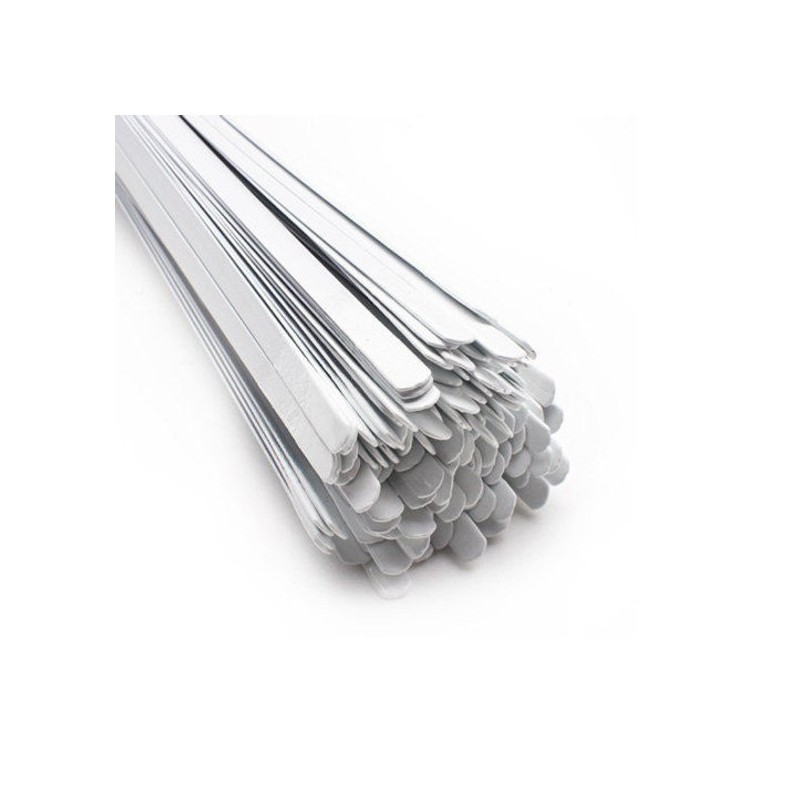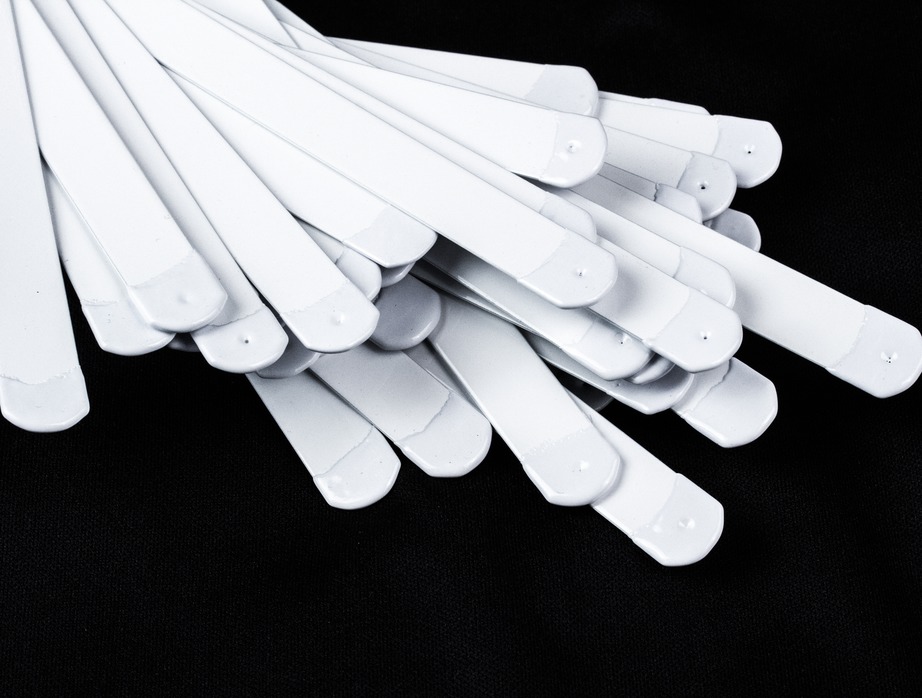

For those who are wearing corsets to help with back pain and posture, the inflexibility of steel bones will go a long way in helping to form firm muscles. This provides strong support for your abdomen and back while waist-training. As a result, flat boning isn’t “poky,” as you might expect, but it is very rigid.

Flat Steel Boningįlat steel boning is made by stripping steel sheets, then carefully rounding the sharp edges. Spiral steel boning may thus be used on curved channels or where a more gentle support is acceptable. Flat boning bends in only one direction, while spiral steel boning bends easily in two directions. Spiral boning is flattish but thicker than flat boning because of the tips required on the ends. Modern steel bones come in two basic varieties: “flat” steel boning (sometimes called just “enamel” or “rigid” boning) and “spiral” steel boning. What are the Different Types of Steel Boning? So if you’re looking to use a corset for authentic waist training, it’ll require an authentic steel boned corset. Many modern bodices, strapless gowns and lingerie use a variety of plastic boning because it is much cheaper. Plastic bones do not have the strength required for tightlacing and are known to warp and bend, often in unflattering ways. Today, steel is still favoured for high-quality corsets. Bones are held in place by channels sewn into the fabric of the corset. These days, you can find versions made of steel, plastic, and other materials, but steel boning is preferred for waist training. They are called bones because they were originally made from whale bones.

What are Bones in a Corset?īones are long, thin rods that provide the rigid structure of a corset. What is steel boning in a corset? Why use steel boning for waist training? Here’s a quick 101 on the steel boning in a steel boned corset.


 0 kommentar(er)
0 kommentar(er)
